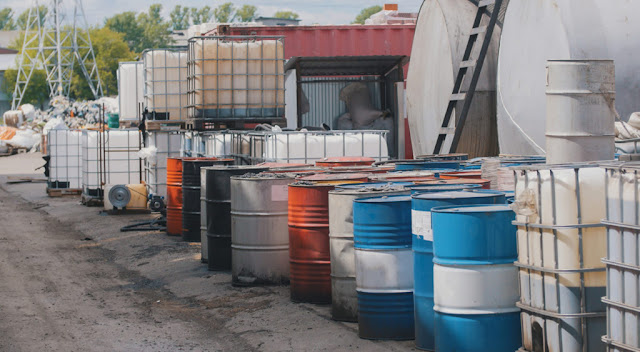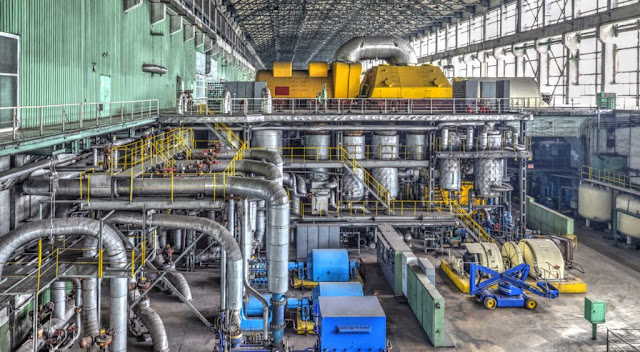The Importance of Asbestos Management Surveys for Your Health and Environment

Asbestos came into widespread use from 1940s onwards until it was discovered that the material is extremely hazardous to health. Use continued until 1999 and then, in recognition of its health and environment hazards, laws came into being to govern asbestos use. Asbestos is made up of long thin fibres and the material occurs as Chrysotile, which is the most widely used type. The other types are Crocidolite, Tremolite, Anthophyllite and Actinolite. Crocidolite is considered the most harmful. Asbestos fibres can spread through the air and enter the lungs causing severe lung disease and possibly mesothelioma. While asbestos sheets may not be used in construction of homes and commercial as well as industrial buildings now, there are thousands of existing buildings that may have asbestos in the roofing or on the internal and external walls. These roofs and walls present a clear danger to occupants who may not even be aware that the walls or roofs have asbestos. Only systematic asb
